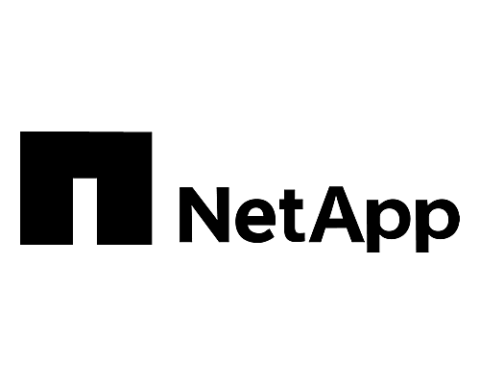 Today, work is no longer a place we go to. It’s an activity we do. Thanks to technology, we can perform this activity anywhere, anytime. And with globalization, businesses need this flexibility so that they can stay ahead of the competition.
Today, work is no longer a place we go to. It’s an activity we do. Thanks to technology, we can perform this activity anywhere, anytime. And with globalization, businesses need this flexibility so that they can stay ahead of the competition.
The nine-to-five and long commute concepts are slowly fading to make way for employee-centric and productive organizations. As business becomes more mobile with each day, employees need secure and quick access to their organization’s data and applications to stay efficient and effective.
What is a Thin Client?
- A thin client is a networked computer. It’s a processing-unit-less desktop terminal that has no hard drive. All aspects like data, applications, and memory that are generally done in computers get handled at the data centre.
- Thin clients serve as a virtual application for any user by creating a cost-effective Virtual Desktop Infrastructure (VDI). From in-house employees to remote workers, graphics designers to operational teams, thin clients improve every user’s productivity.
- Today, thin clients have advanced so much that users can’t differentiate between them and a “fat” client. In fact, thin clients offer many more benefits over fat clients.
Benefits of Thin Clients
- Data Security: Since no data is stored on any machine, thin clients help an organization reduce data loss and theft, while also monitoring privacy risk.
- Less Consumption: Thin clients reduce the physical space that computers require and consume less energy compared with traditional fat clients. Thus they increase your organization’s efficiency and reduce costs.
- Ease of Scaling: When your business grows, you won’t be burdened with cost or space while trying to scale up using thin clients.
- On-Demand Access: Thin clients make data available to your workforce regardless of time or place. This means that your team can be more productive at work, and more proactive to provide relevant information to your customers and keep them happy.
How to Deploy a Thin Client at Your Workplace?
- A Virtual Desktop Infrastructure is not difficult to design, implement and manage anymore. Nor is it a luxury. If anything, it’s becoming a necessity with the decline of PCs and the spike in adoption of mobile phone and tablet PCs.
To deploy a VDI in your organization, follow the below steps:
- Choose an optimum approach – Decide whether you want to host the entire desktop environment on a server or just host applications and share them with desktop users.
- Gauge your network – At peak levels, how much load will each virtual desktop deliver? Ensure that your network’s bandwidth is enough to handle this load. Preferably have a little more bandwidth so that it becomes easier when you want to scale up.
- Map your hardware – Your data centre will need additional space to host your virtual desktops. So take into account the optimum hardware you’ll need for this.
- Test various thin clients – Not all organizations have the same requirement. A thin client that works for a competitor might not be the best for you. Test various thin client software to gauge which one best fulfils your business needs.
- Phase-Wise Deployment – Change your infrastructure at once and you might not have any fallback if things don’t go as planned. Roll out your VDI in a pilot phase and address all teething issues before you overhaul the IT infrastructure of your workplace.
Like we mentioned before, there is no one-size-fits-all thin client solution. Different businesses differ in requirements, priorities, and end goals. It’s best to consult an expert who will survey your IT infrastructure and offer you the ideal solution for your business.
Connect with us for a no-obligations survey of your organization’s IT infrastructure. https://www.enjaycomputing.com/thin-client/








